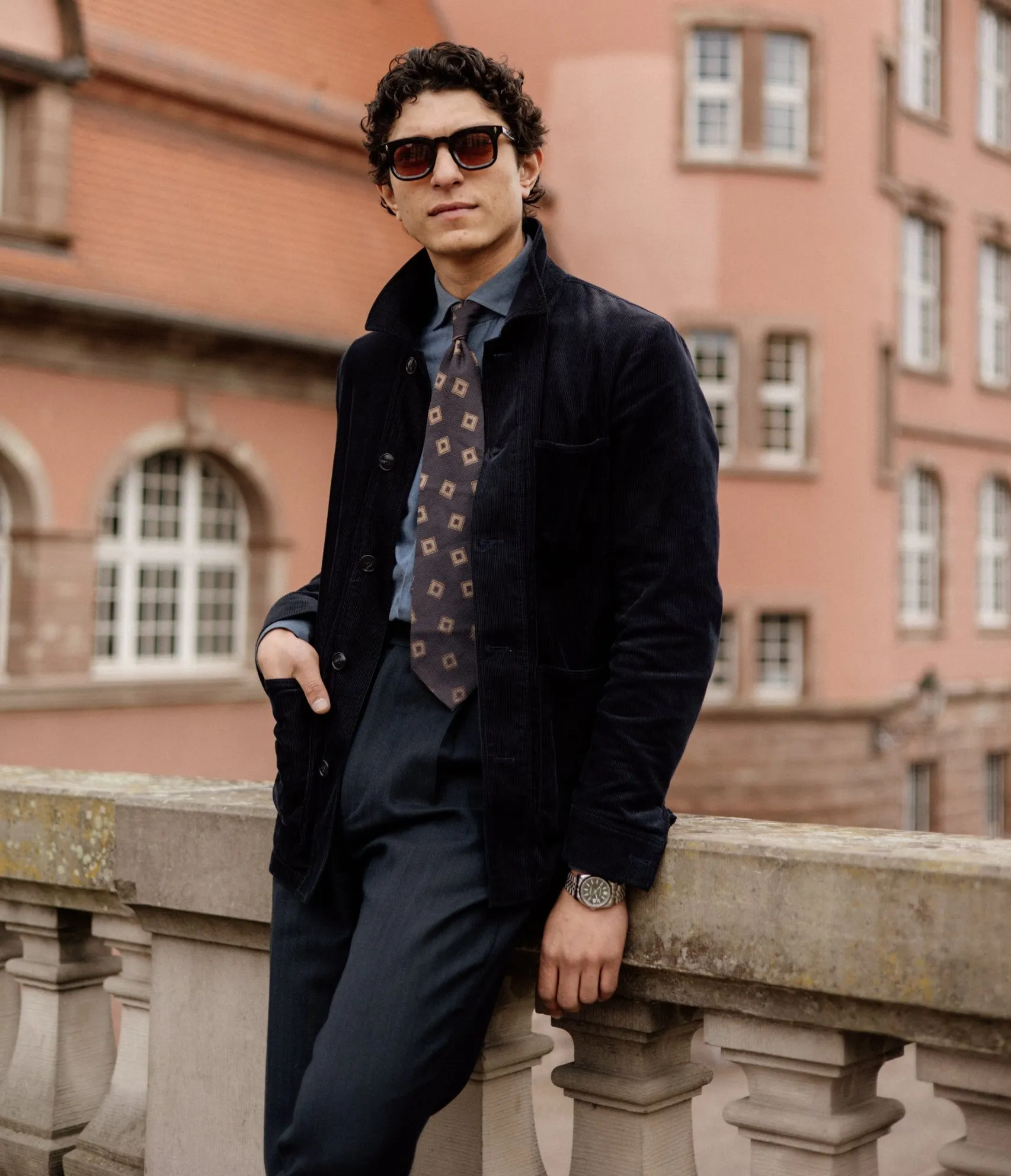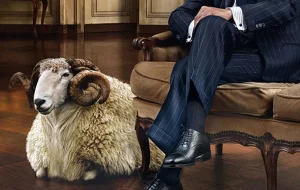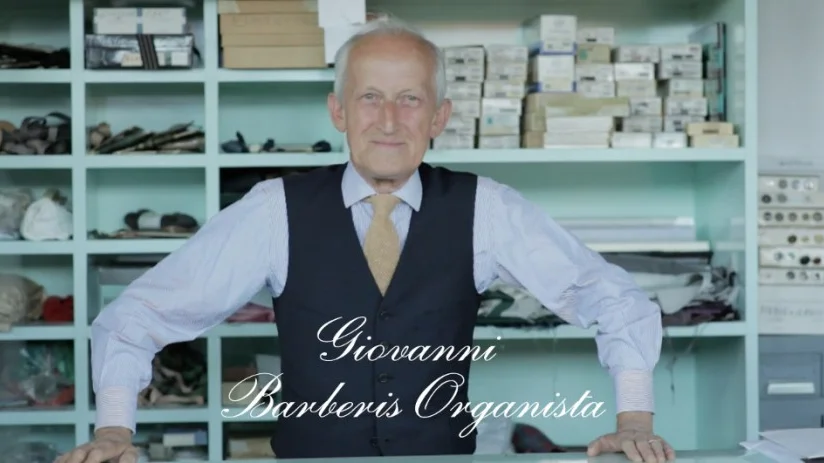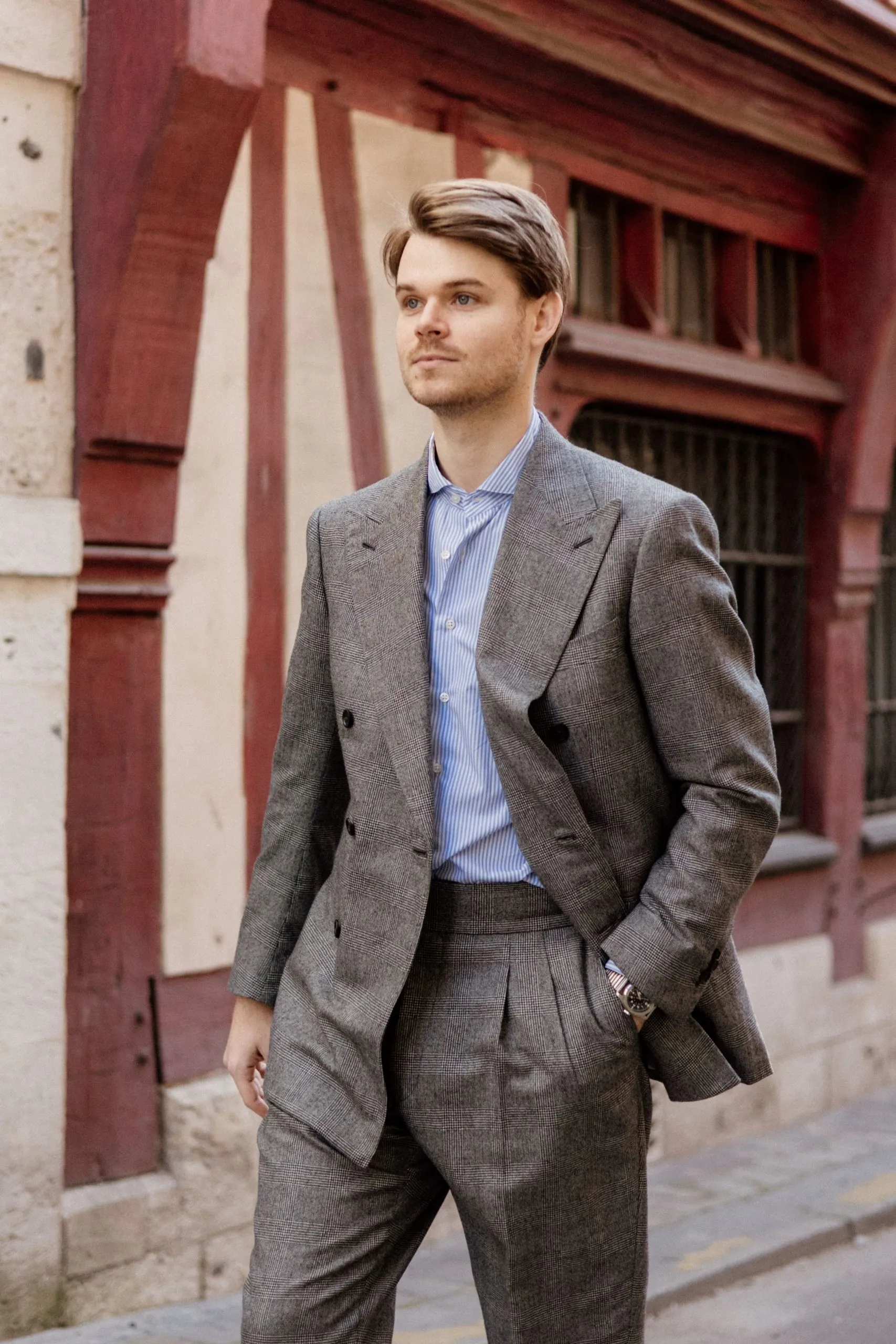
Discover the process from A to Z
To kick off the new school year, Vitale Barberis Canonico is releasing a series of documentary videos on the tailoring trade, the first of which, at the end of this article, focuses on the creation of cutting patterns. A good opportunity to tell you a little about this weaver, a valued partner of Blandin & Delloye.
Vitale Barberis Canonico’s weaving tradition began in the 17th century, probably in the early 1760s.
At that time, many of the region’s shepherds owned a loom. The Barberis Canonico family quickly made a name for themselves, not only for the quality of their fabrics, but also for their determination to develop this activity, which fascinated their founder, Ajmo Barbero.
The 19th century and the first industrial revolution marked the company’s rise, and in the 40s it equipped itself with modern machinery, in particular mechanical looms. During this period, Giovanni Barberis brought about a decisive turning point for the company, which concentrated all wool refining operations, such as weaving, dyeing, fulling and spinning, around the Pratrivero factory.

A family business from the outset until today, Vitale Barberis Canonico is one of the world’s most prestigious weaving houses, supplying the biggest names in the clothing industry such as Louis Vuitton, Hermès, Scabal and Berluti, for whom Vitale Barberis has created a unique fabric using the finest wool yarn in the world (3/201), simply called “Grand Cru 1663”.
Episode 1 : Pattern
Episode 2 : Preparation for cutting
Episode 3 : Cutting
Episode 4 : Linings
Episode 8 : Sleeves (Part 1)


